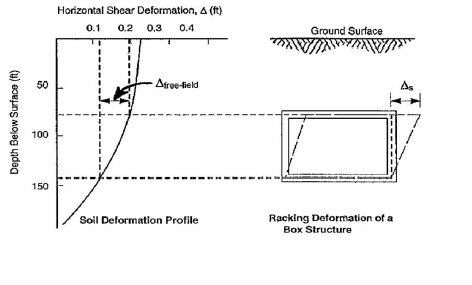Hey,
When doing a dynamic analysis of a building, do you include the basement levels of the structure when comparing the equivalent static period to the dynamic model's period?
To clarify, in the attached image, hn would be used for the equivalent static fundamental period. When running the modal analysis (in etabs for example) would you block (i.e. pin) the structure at the grade level in order to compare the building's above grade dynamic period? or would you leave the structure unrestrained down to the foundations (hn + hb)?
I am used to blocking the structure at the ground floor in order to compare the same net height of the building (a more conservative approach).
I am using the latest NBCC and CSA A23.3.
Thanks!
When doing a dynamic analysis of a building, do you include the basement levels of the structure when comparing the equivalent static period to the dynamic model's period?
To clarify, in the attached image, hn would be used for the equivalent static fundamental period. When running the modal analysis (in etabs for example) would you block (i.e. pin) the structure at the grade level in order to compare the building's above grade dynamic period? or would you leave the structure unrestrained down to the foundations (hn + hb)?
I am used to blocking the structure at the ground floor in order to compare the same net height of the building (a more conservative approach).
I am using the latest NBCC and CSA A23.3.
Thanks!


